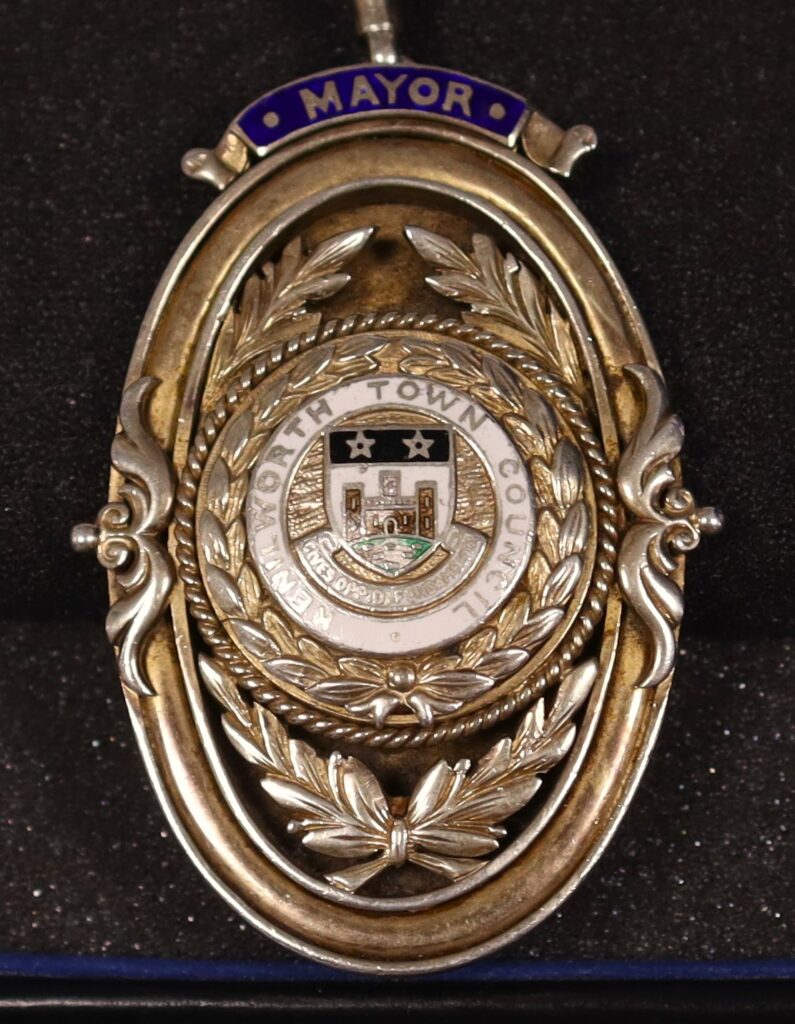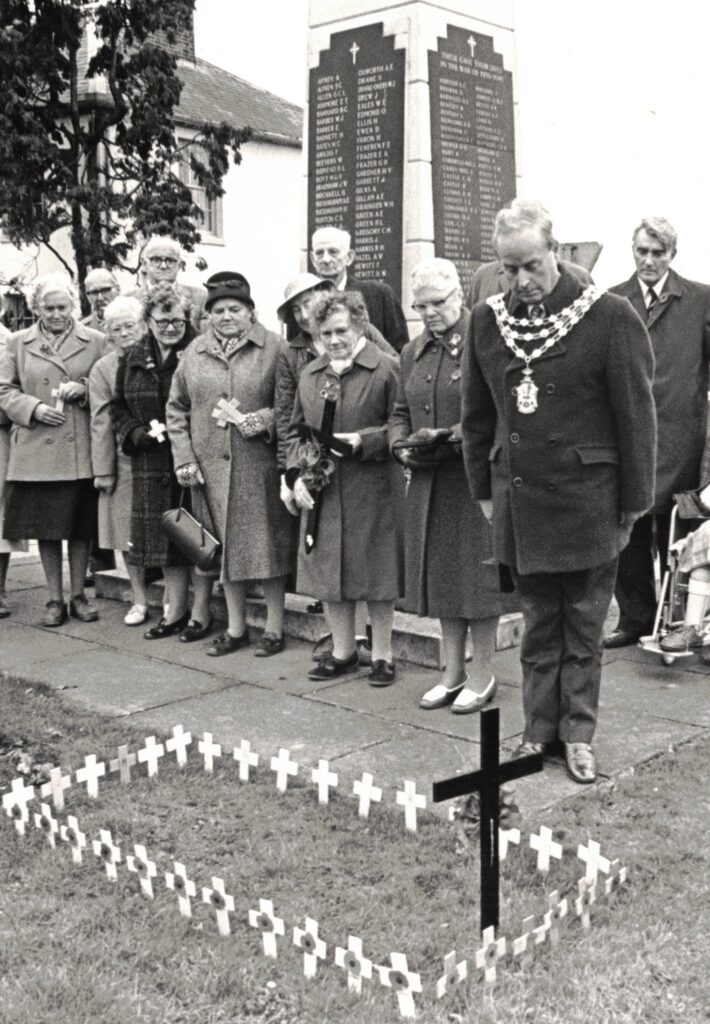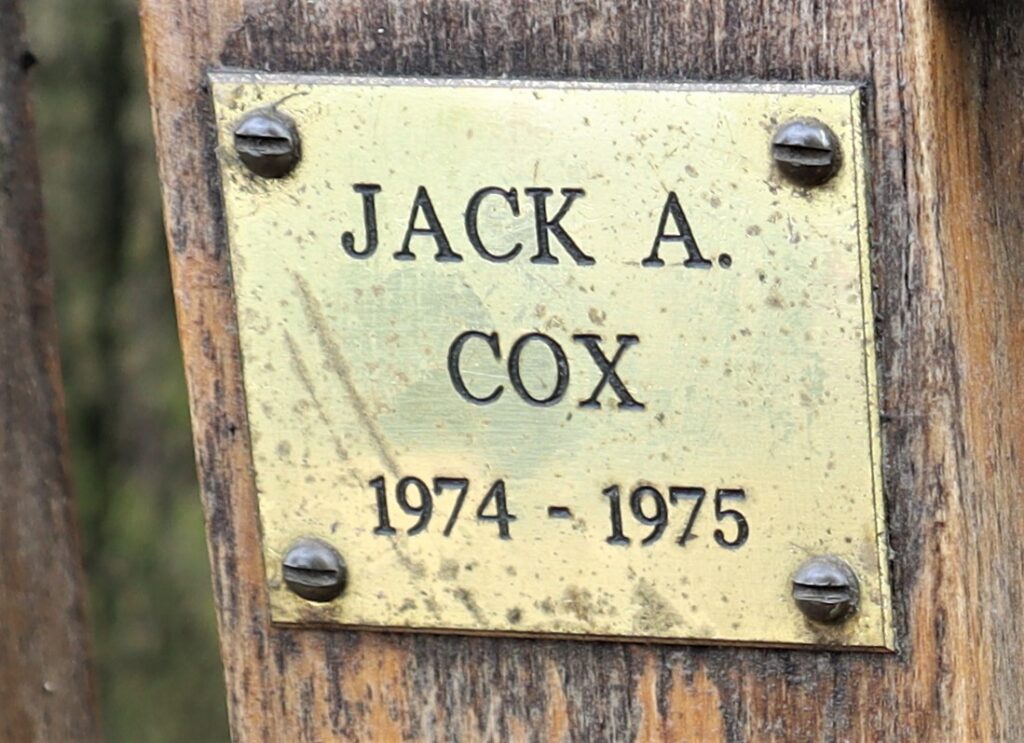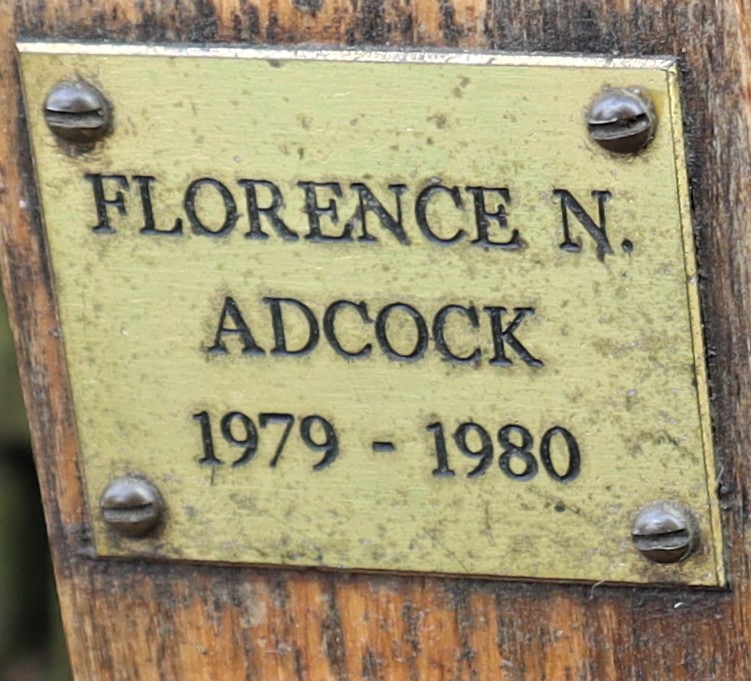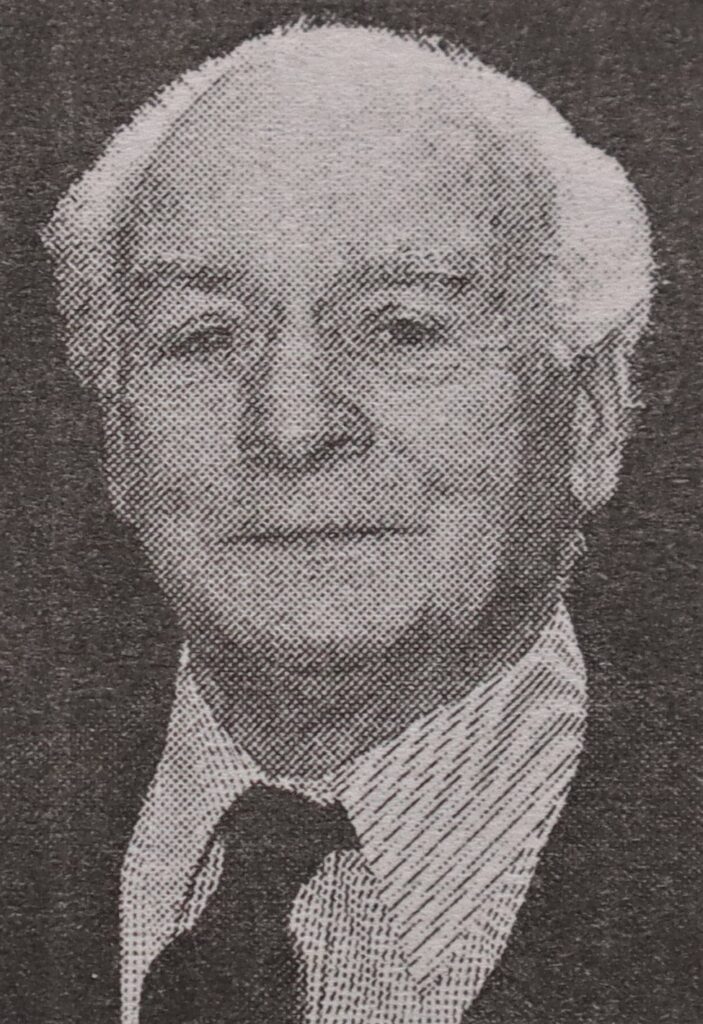Abbey (3 seats)
| Candidate | Party | Votes |
| Jack Bastock | Liberal | 700 |
| Enys Thomas | Liberal | 467 |
| Nick Wilson | Conservative | 466 |
| *Patrica Adams | Conservative | 465 |
| Jerry Higgs | Conservative | 457 |
| Terry Rogers | Liberal | 445 |
| *Derek Moore | Independent | 178 |
| Roger Smith | Labour | 143 |
15 spoilt ballot papers
Park Hill (3 seats)
| Candidate | Party | Votes |
| *Harry Potts | Conservative | 863 |
| Ann Pearce | Conservative | 717 |
| Paul Pearce | Conservative | 700 |
| Robert Butler | Liberal | 682 |
| Lance Bramwell | Liberal | 650 |
| Charles Bates | Liberal | 463 |
| Harry Sunley | Independent | 224 |
| Malcolm Burfitt | Labour | 129 |
| Peter Jones | Labour | 112 |
6 spoilt ballot papers
Borrowell (3 seats)
| Candidate | Party | Votes |
| *Helen Dore | Liberal | 804 |
| *Kenneth Hogarth | Conservative | 678 |
| Haydn Thomas | Liberal | 517 |
| Richard Oldnall | Conservative | 508 |
| Graham Windybank | Liberal | 470 |
| Mrs A. Hartland | Conservative | 437 |
| Eric Bernard Smith | Independent | 222 |
| Joe England | Labour | 142 |
7 spoilt ballot papers
St John’s (3 seats)
| Candidate | Party | Votes |
| *Jack Cox | Conservative | 571 |
| Richard Monnington | Conservative | 541 |
| *Bill Wozencroft | Labour | 537 |
| Jerry Hicks | Conservative | 529 |
| *Chris Webster | Labour | 447 |
| Kevin O’Donovan | Labour | 407 |
| Colin Clifford | Liberal | 341 |
| Kenneth Evans | Liberal | 328 |
| Keith Ord | Liberal | 310 |
16 spoilt ballot papers
Castle (3 seats)
| Candidate | Party | Votes |
| *Kenneth Rawnsley | Conservative | 1037 |
| *Ronald Stansfield | Conservative | 970 |
| Joseph Sapsford | Conservative | 880 |
| John Drew | Liberal | 532 |
| John Riordan | Liberal | 482 |
| Dora Greenway | Liberal | 439 |
| Jane Litterick | Labour | 95 |
| Irene May Potter | Independent | 95 |
| Rosemary Ellis | Labour | 91 |
2 spoilt ballot papers
Windy Arbour (3 seats)
| Candidate | Party | Votes |
| John Wilson | Conservative | 1128 |
| *Florence Adcock | Conservative | 1123 |
| *Thomas Robinson | Conservative | 1063 |
| Derek Ching | Liberal | 497 |
| Dennis Coulson | Liberal | 397 |
| Eileen Webster | Liberal | 349 |
| Graham Hall | Labour | 82 |
| Peter Singer | Labour | 81 |
TORIES RULE IN FIRST TOWN COUNCIL ELECTION
Polling for the inaugural Kenilworth Town Council (KTC) election ran along side the second Warwick District Council election, and the results were almost a mirror image of each other. It was a swing to the right with the Conservatives taking control of both councils.
Nine members from the former council retained their seats, but one who didn’t was Labour’s Chris Webster, finishing only fifth in St John’s. He had been a member of the old KUDC since 1964, and was chairman during 1969-70.
A feature of Castle ward, was that four of the candidates were women. One being Quarry Road resident, Jane Litterick, wife of Selly Oak MP, Thomas Litterick. He was a former member of the old KUDC before it became a Town Council. He had resigned his seat in protest at the way in which the change-over took place. Members were automatically transferred from the old council to the new. In his opinion an election should have taken place.
Drawing-of-Lots Decides Final Seat
It was tight-as-a-drum for seats in Abbey Ward. Liberal Jack Bastock, was well ahead of the rest, but the next three places only one vote seperated them. After two re-counts, Enys Thomas was elected in second place, but tories Nick Wilson and Patrica Adams were dead-locked on 466. So to decide who took the third and final seat, two pieces of paper went into a ballot box: elected and not elected. Mr Wilson was the successful candidate. This was the first election that he had contested. He is a solicitor and lives in Henry Street. For ‘adminstration’ purposes, Patrica Adams was deducted one vote.
Four Independent candidates stood for first time since 1964: Moore, Sunley, Potter and Eric Smith. The latter being a former councillor and chairman of the old KUDC. None of the four were elected.
Kenilworth Town Councillors (18 seats)
13 Conservatives (J. Wilson, N. Wilson. F. Adcock, T. Robinson, R. Stansfield, K. Rawnsley, J. Sapsford, J. Cox, R. Monnington, K. Hogarth, H. Potts, P. Pearce, A. Pearce)
4 Liberals (H. Dore, J. Bastock, H. Thomas, E. Thomas)
1 Labour (B. Wozencroft)
